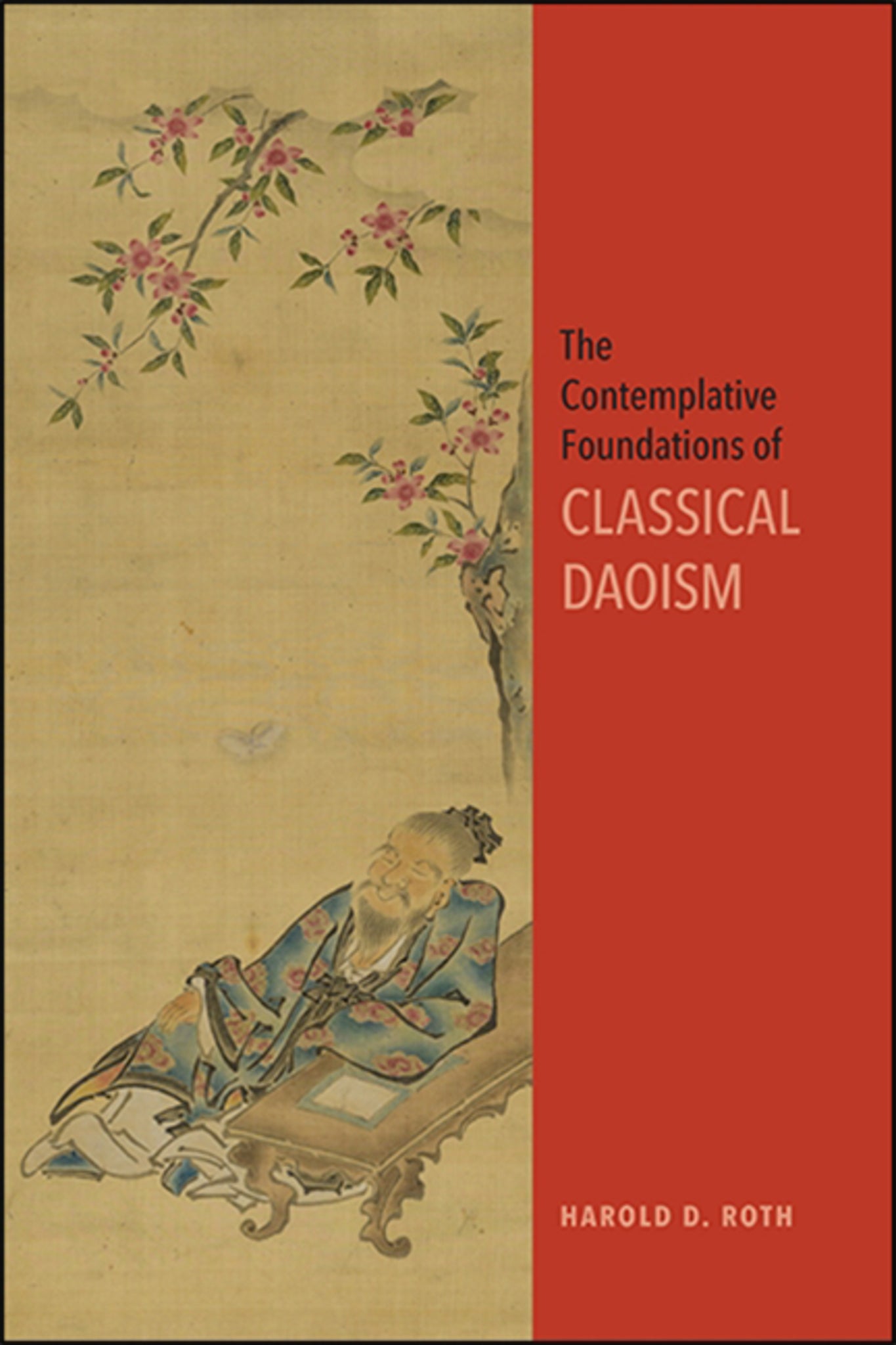We're sorry. An error has occurred
Please cancel or retry.
The Contemplative Foundations of Classical Daoism

Some error occured while loading the Quick View. Please close the Quick View and try reloading the page.
Couldn't load pickup availability
- Format:
-
01 May 2021

Brings early Daoist writings into conversation with contemporary contemplative studies.
In The Contemplative Foundations of Classical Daoism, Harold D. Roth explores the origins and nature of the Daoist tradition, arguing that its creators and innovators were not abstract philosophers but, rather, mystics engaged in self-exploration and self-cultivation, which in turn provided the insights embodied in such famed works as the Daodejing and Zhuangzi. In this compilation of essays and chapters representing nearly thirty years of scholarship, Roth examines the historical and intellectual origins of Daoism and demonstrates how this distinctive philosophy emerged directly from practices that were essentially contemplative in nature.
In the first part of the book, Roth applies text-critical methods to derive the hidden contemplative dimensions of classical Daoism. In the second part, he applies a "contemplative hermeneutic" to explore the relationship between contemplative practices and classical Daoist philosophy and, in so doing, brings early Daoist writings into conversation with contemporary contemplative studies. To this he adds an introduction in which he reflects on the arc and influence on the field of early Chinese thought of this rich vein of scholarship and an afterword in which he applies both interpretive methods to the vexing question of the authorship of the Inner Chapters of the Zhuangzi. The Contemplative Foundations of Classical Daoism brings to fruition the cumulative investigations and observations of a leading figure in the emerging field of contemplative studies as they pertain to a core component of early Chinese thought.


"Roth's textual archaeology of inner cultivation in Daoist texts is inspiring and certainly convincing … this collection is a remarkable achievement and a valuable resource for scholars and students of China, and will be useful and thought-provoking reading for anyone interested in Daoism and contemplative practices." — Bulletin of the School of Oriental and African Studies
"In this collection, Harold Roth brings together the pivotal essays representing both the innovation and expertise that have marked his scholarship on Daoism for roughly the last twenty-five years." — Philosophy East and West
"This compilation of 13 scholarly papers published between 1991 and 2018 is a timely reminder of Roth's significant contribution to our methods of reading ancient Chinese philosophy and defining the origins of Daoist thought and practice…the book's value lies in the knowledge it conveys on intriguing and hard-to-read ancient philosophical texts." — Religious Studies Review
List of Tables
Acknowledgments
Permissions
Introduction
Part I: Contemplative Foundations and Textual Methods
1. Psychology and Self-Cultivation in Early Daoistic Thought
2. Who Compiled the Zhuangzi莊子?
3. Redaction Criticism and the Early History of Daoism
4. Evidence for Stages of Meditation in Early Daoism
5. The Yellow Emperor's Guru: A Narrative Analysis from Zhuangzi莊子11
6. Revisiting Angus C. Graham's Scholarship on the Zhuangzi莊子
7. Daoist Inner Cultivation Thought and the Textual Structure of the Huainanzi淮南子
Part II: Contemplative Foundations and Philosophical Contexts
8. The Laozi老子in the Context of Early Daoist Mystical Praxis
9. Bimodal Mystical Experience in the "Qi wu lun"齊物論of Zhuangzi莊子
10. Nature and Self-Cultivation in Huainanzi's淮南子"Yuan Dao"原道(Originating in the Way)
11. The Classical Daoist Concept of Li理(Pattern) and Early Chinese Cosmology
12. Cognitive Attunement in the Zhuangzi莊子
13. Against Cognitive Imperialism: A Call for a Non-Ethnocentric Approach to Cognitive Science and Religious Studies
Afterword: The "Contemplative Hermeneutic" and the Problem of Zhuangzi's Inner Chapters
Notes
Appendix 1: The Chapters of the Zhuangzi
Appendix 2: The Chapters of the Huainanzi
Index



